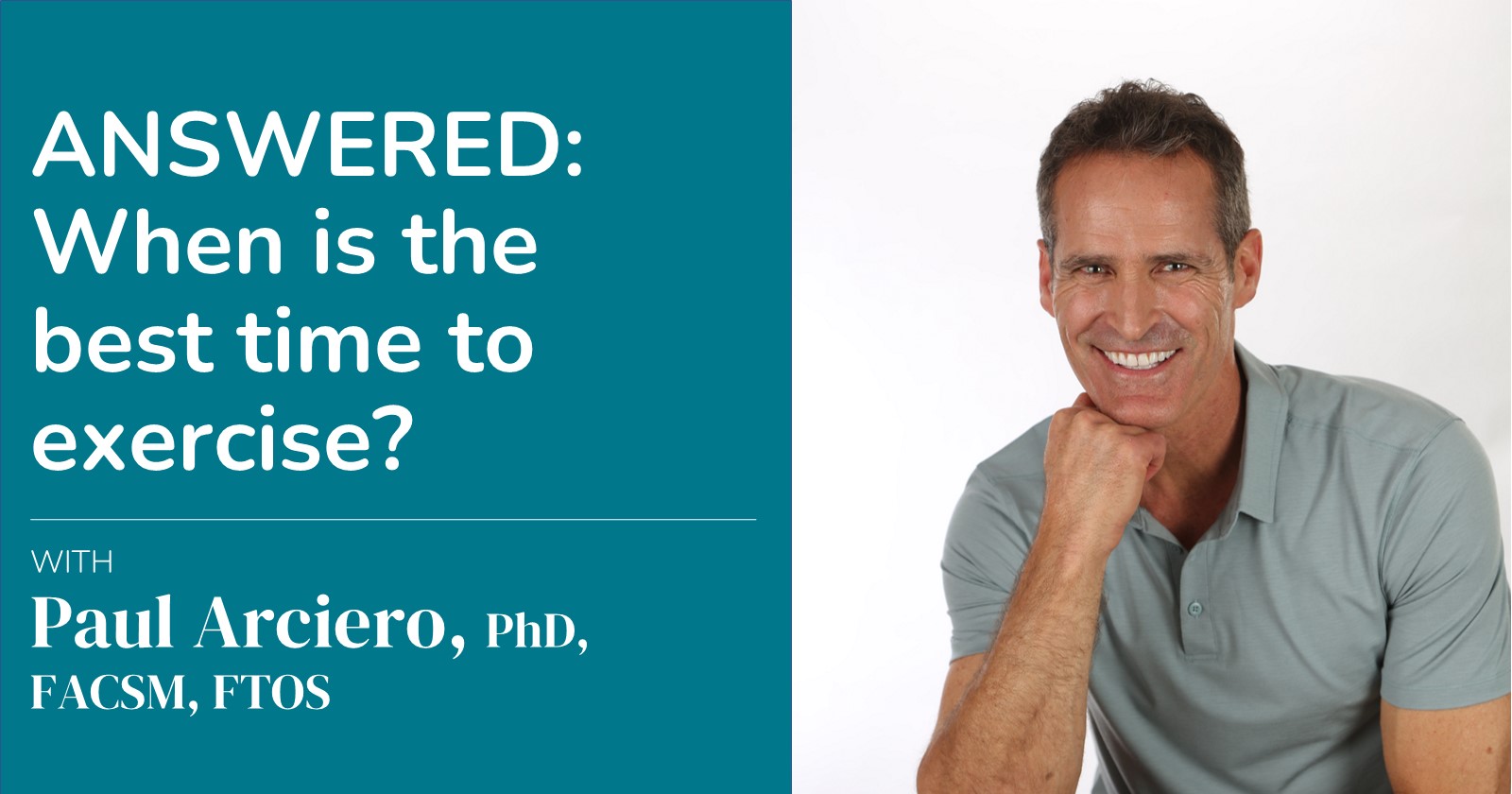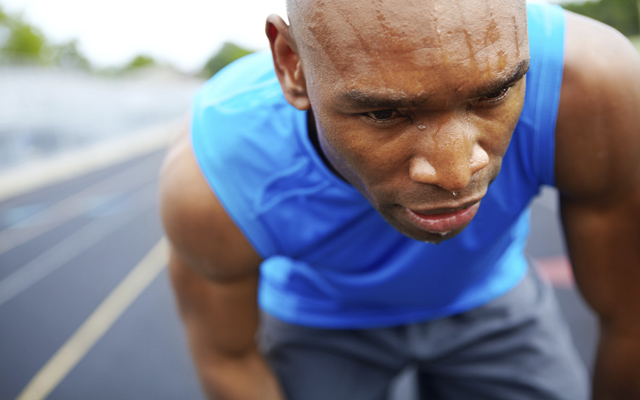Since the discovery of vitamin D receptors in skeletal muscle, scientists have sought to answer a fundamental question: In what ways does the sunshine vitamin affect athletic performance?
Besides its well-known role in supporting calcium status, vitamin D is thought to have roles in both maintaining and enhancing muscle function. Already a growing number of observational studies that a higher vitamin D status is associated with grip and quadricep strength, along with aerobic fitness and neuromuscular strength (1, 2).
From early observational and clinical studies, scientists have also known that vitamin D status is indeed related to better muscle function and reduced risk of falling. While this evidence suggested improved muscle strength—apart from bone strength—it’s mainly based on both correlations and randomized controlled trials in the elderly (1, 2).
One study in teenage girls did see a positive association between circulating vitamin D levels and jump height, jump velocity, and power (1). Additionally, some early work in college-aged athletes has found that exposure to the sun’s ultraviolet radiation leading to increases in skin-synthesized vitamin D led to better cardiovascular fitness, muscle endurance, and speed (1).
The Effect of Vitamin D In Athletes
Few studies have looked at actual effects of vitamin D status in professional athletes. However, some early work suggests that seasonal vitamin D changes are related in similar rises and declines of athletic performance throughout the year (3).
In 2014, however, researchers in Greece sought to examine what effects serum vitamin D levels would have on 67 Caucasian soccer players from three professional teams in the country (4). Because of its stop-and-go characteristics, soccer was thought to be an ideal sport to measure a variety of performance parameters. For example, athletes engage in repeated sprinting, stops, jumps, and changes of direction throughout play.
In the study, the scientists found that the soccer players with higher serum levels of vitamin D had better muscle strength, sprinting capacity (based on measures of jumping ability and strength), and VO2 max (a measure of aerobic capacity). The study was also unique in that it measured performance parameters of the participants while in their competitive season and in their six-week off-season. Interestingly, during the athletes’ off-season, their vitamin D concentrations increased while at the same time their performance parameters decreased.
The scientists hypothesize that the off-season increases in vitamin D concentrations could be additional evidence that exercise training stress has an impact on vitamin D levels. Another study from the U.S. Army Research Institute of Environmental Medicine reported much of the same in female soldiers who had seen their vitamin D levels plummet during strenuous combat training (5). The declines in vitamin D occurred regardless of combat training performed outdoors in the summer and early fall during times of adequate exposure to UVB rays.
Should Athletes Supplement?
One of the major takeaways from the research is that athletes, despite being in the outdoors, may still be lacking vitamin D.
In the study on soccer players, for example, a little more than half of the athletes had insufficient circulating vitamin D levels and one was nearing vitamin D deficiency (4). Additionally, based on the study in female soldiers, strenuous training might also exacerbate low vitamin D status risking muscle, bone, and overall health status (5).
At least one study in 2013 from Liverpool John Moores University showed supplementation with 5,000 IU daily was effective for counteracting declines during winter months in athletes of various sports (6). In this study, eight weeks of supplementation also led to improvements in 10-meter sprint times as compared to placebo (6).
A general recommendation for supplementation in athletes may require more research, plus it’s likely to depend on individualized approach based on diet, season, and training intensity. But based on the research, evidence is growing that athletes should be considering strategies for optimizing their vitamin levels for better performance.
References
- Bischoff-Ferrari HA (2012) Relevance of vitamin D in muscle health. Rev Endocr Metab Disord 13: 71–7.
- Muir SW, Montero-Odasso M (2011) Effect of vitamin D supplementation on muscle strength, gait and balance in older adults: a systematic review and meta-analysis. J Am Geriatr Soc 59: 2291–300.
- Moran SM, McClung JP, Kohen T, Lieberman HR (2013) Vitamin D and physical performance. Sports Med 2013 43: 601–11.
- Koundourakis NE, Androulakis NE, Malliaraki N, Margioris AN (2014) Vitamin D and Exercise Performance in Professional Soccer Players. PLoS ONE 9(7): e101659.
- Andersen NE, Karl JP, Cable SJ, Williams KW, Rood JC, et al. (2010) Vitamin D status in female military personnel during combat training. J Int Soc Sports Nutr 14: 7–38.
- Koundourakis NE, Androulakis NE, Malliaraki N, Tsatsanis C, Venihaki M, et al. (2014) Discrepancy between Exercise Performance, Body Composition, and Sex Steroid Response after a Six-Week Detraining Period in Professional Soccer Players. PLoS ONE 9(2): e87803





